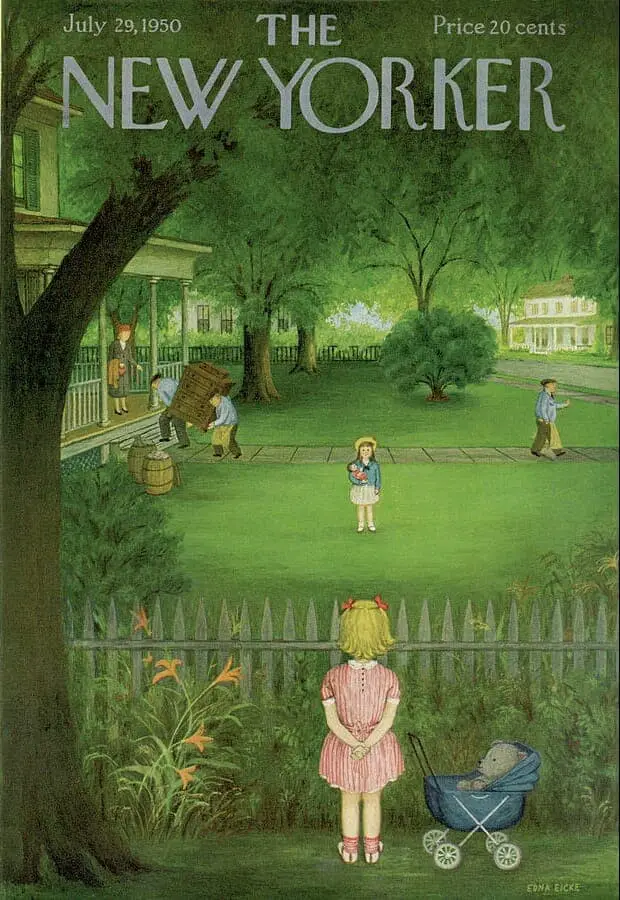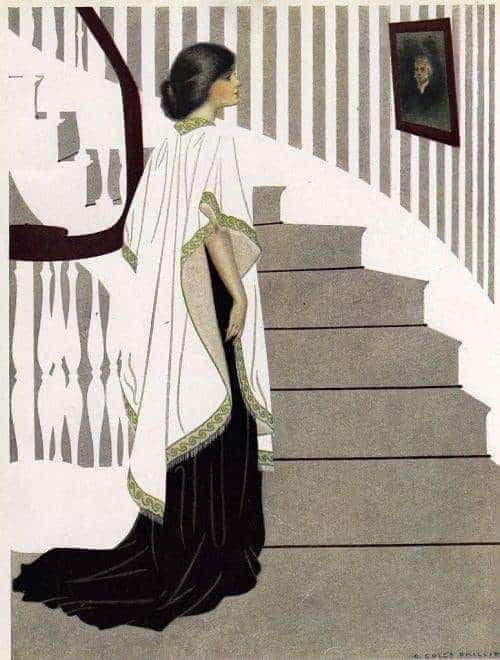-
Man Bites Dog Humour
‘Man Bites Dog’ describes inversion humour. I’ve also seen ‘hat on a dog’ describing the same category of joke, in which the audience laughs because the usual way of things is back to front. MAN BITES DOG IN JOURNALISM Journalists also use ‘Man Bites Dog’ to describe stories that are popular because they intrigue via […]
-
Body Swap Stories

Body swap stories are as ancient as story itself. Take the British folk tale The Witch-hare of Cleveland. A local witch tells some farmers where to find a hare they can hunt, but warns them not to set a black dog on it. They set a black dog on it, of course. That’s how fairytales […]
-
How To Describe A Woman In Fiction
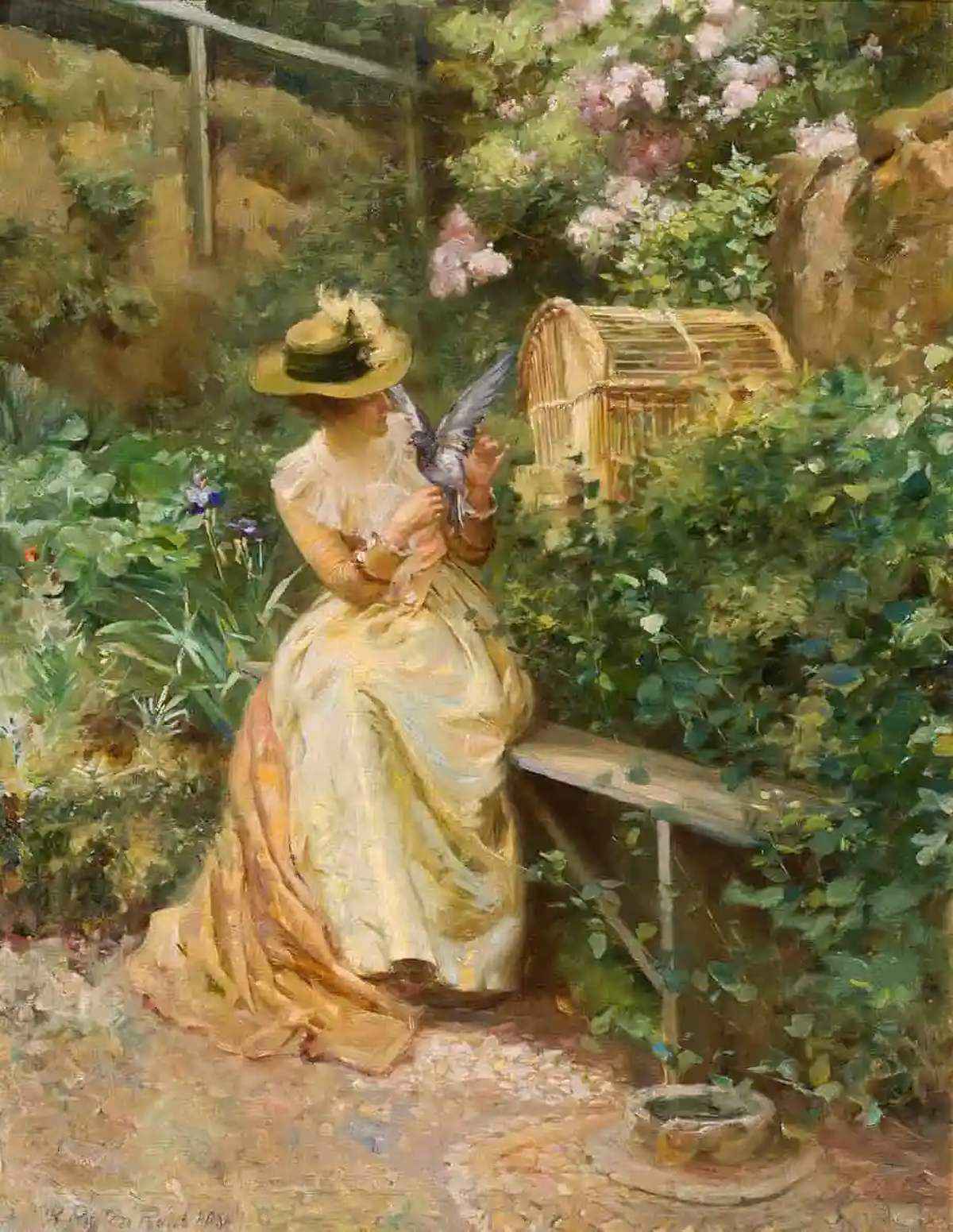
How to describe woman characters in fiction? There must be a handbook somewhere. The following tropes are so common they can be found throughout literature, including in stories for children. On the other hand, writers of children’s literature are also the most likely to invert established tropes.
-
Humour Study: Overly Literal Characters
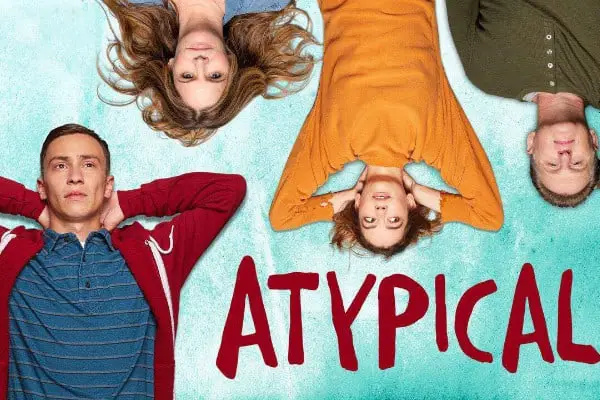
Humorous stories about characters who find themselves in strife after taking instructions too literally are old stock comedy fodder. One of the earliest recorded in Europe is the fairytale Clever Hans — an ironic title, because Hans is a fool. Hans does something stupid, his mother tells him to do it differently next time. But […]
-
The Misplaced Importance Of Bloodline In Fiction
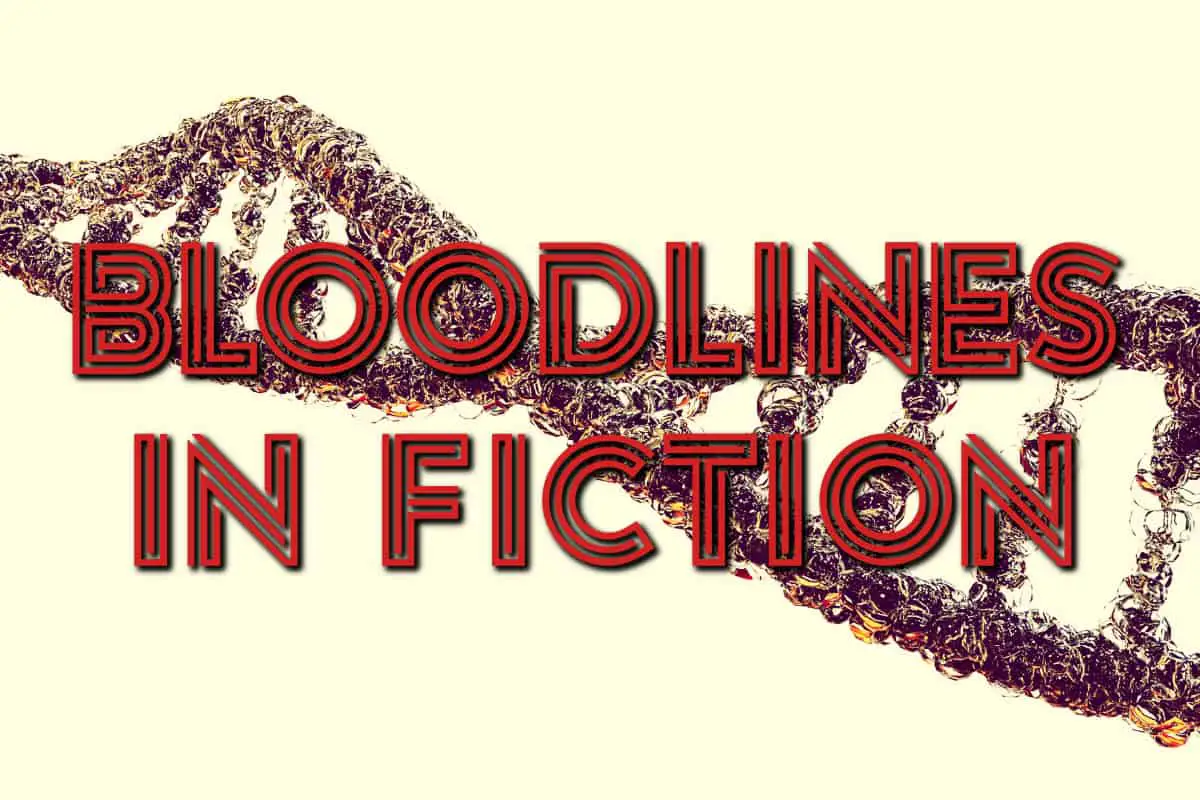
A ‘chosen one’ story stars a main character who is basically ordinary, but because of their bloodline, they are destined for great things. Harry Potter is the iconic example of a contemporary chosen one story. Harry Potter comes after a long tradition. At TV Tropes you’ll find that Chosen One stories are so popular there […]
-
Hair In Art and Storytelling
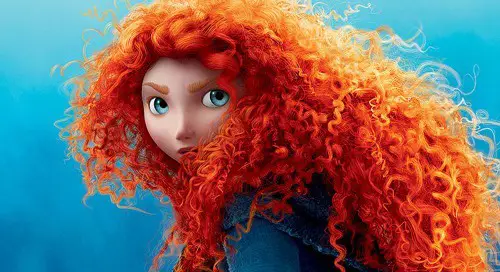
It’s stating the obvious to point out that, in children’s fiction, a character’s hair maps onto personality. But in continuing to use hair-personality shortcuts, are writers perpetuating stereotypes? Canadian teen actor Sophie Nélisse plays the title role, a young girl in foster care who we know is not terribly well-off emotionally because her hair is […]
-
What does Gothic mean in literature?
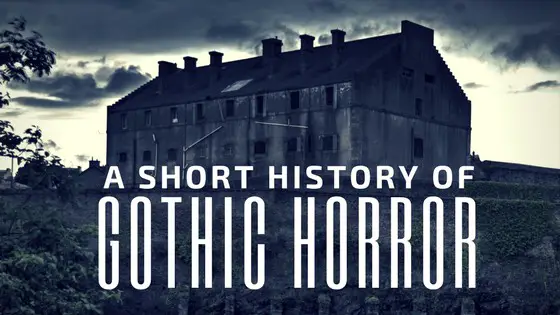
The Gothic is notoriously difficult to define. This is a type of story in constant flux. Each new literary period adds is own spin. “Gothic” is more like a skin layered upon other genres, most often: horror, romance, science fiction and fantasy. Where does one genre end and the gothic element begin?
-
Secrets, Liars and Lies In Storytelling
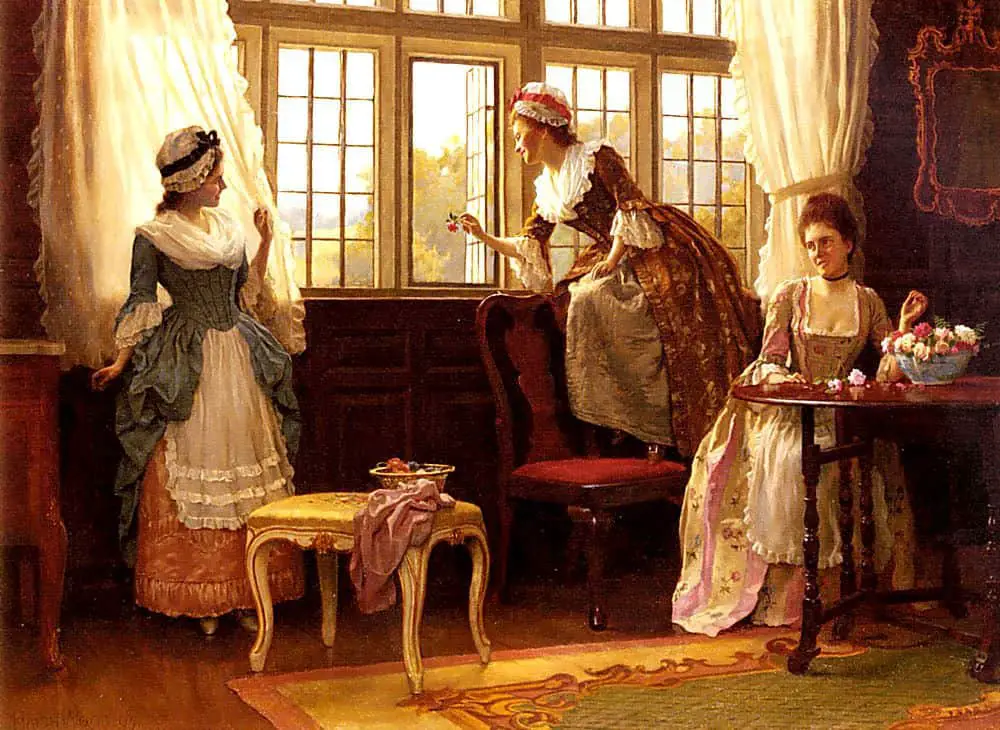
Liars are everywhere in stories. Stories themselves can be considered giant lies (which tell a deeper truth). The trope of the mask is a part of all this. Certain genres demand a ‘mask’, or, lying. That’s because entire genres are about finding out the truth: The cinema cannot show the truth, or reveal it, because […]
-
Teachers In Children’s Literature
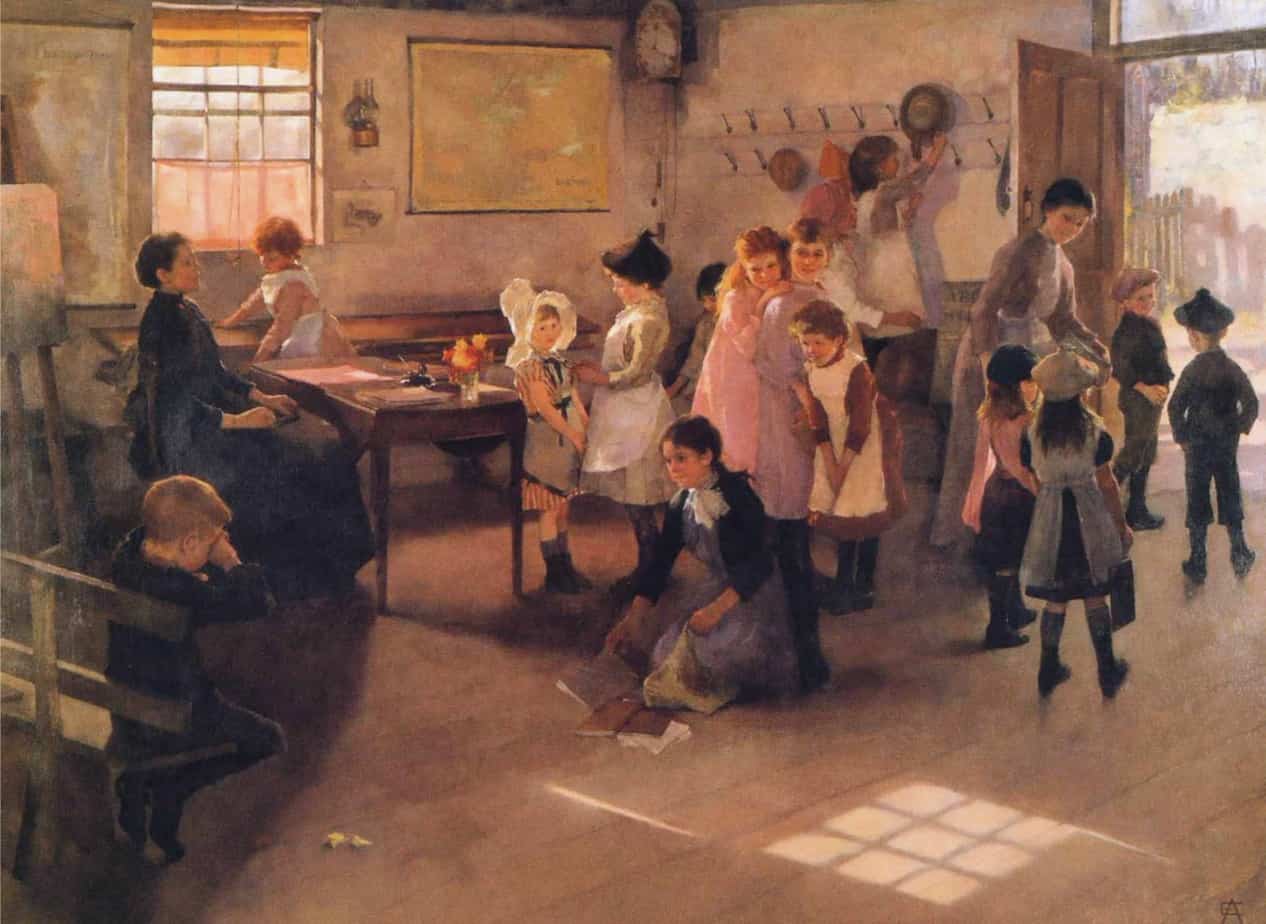
Teachers in children’s stories can be mentors, opponents, fake opponents, or very much background characters. In young adult literature, teachers can (problematically) be love opponents. Why is it that English, drama and music teachers are most often recalled as our mentors and inspirations? Maybe because artists are rarely members of the popular crowd. Roger Ebert […]
-
Father Tropes In Fiction
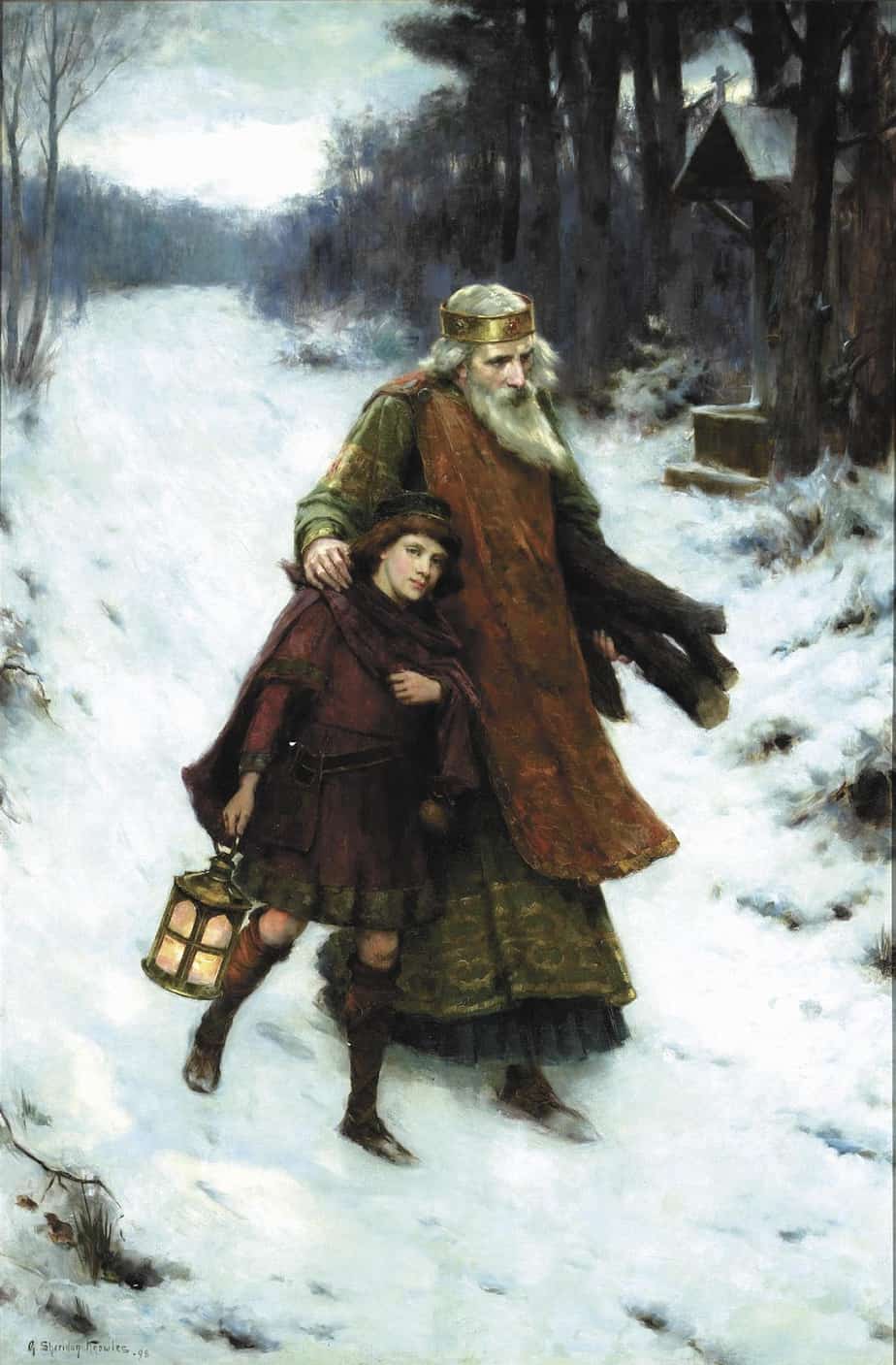
Turn Out Like His Father – A character has charge of a child (usually her son) and is desperate to keep this child from imitating another relative (usually his father). This is a fear of history’s repeating itself for his fate, which may be turning evil and usually ends with being dead. Harry Potter isn’t allowed to […]
-
The Three Little Pigs Illustrated by Leonard Leslie Brooke Fairy Tale Analysis
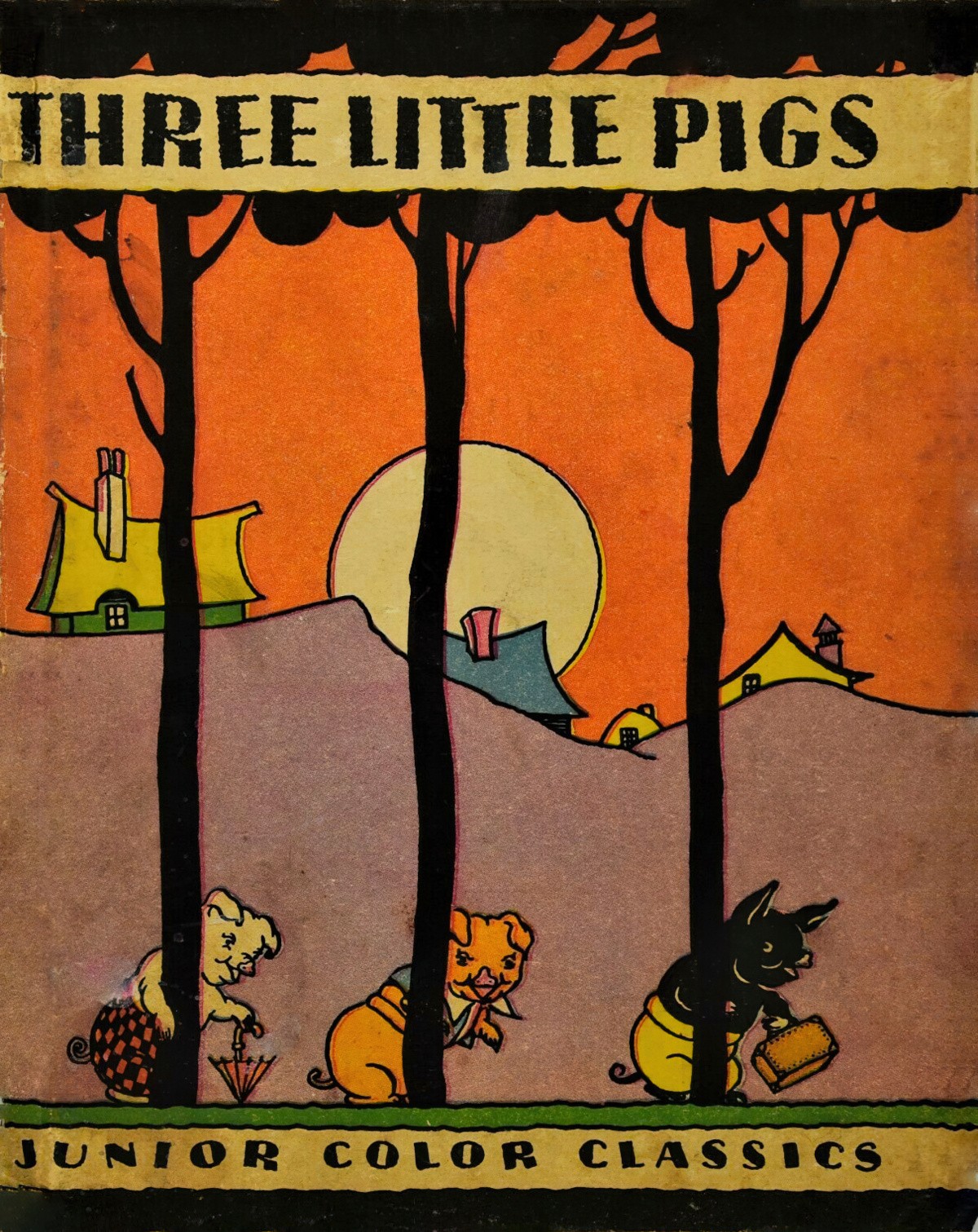
The Three Little Pigs is one of the handful of classic tales audiences are expected to know. Pigs are handy characters: They can be adorable or they can be evil. You can strip them butt naked and let the reader revel in their uncanny resemblance to humans. Or, you can dress them in jumpers and they’re […]
-
Rats In Children’s Literature
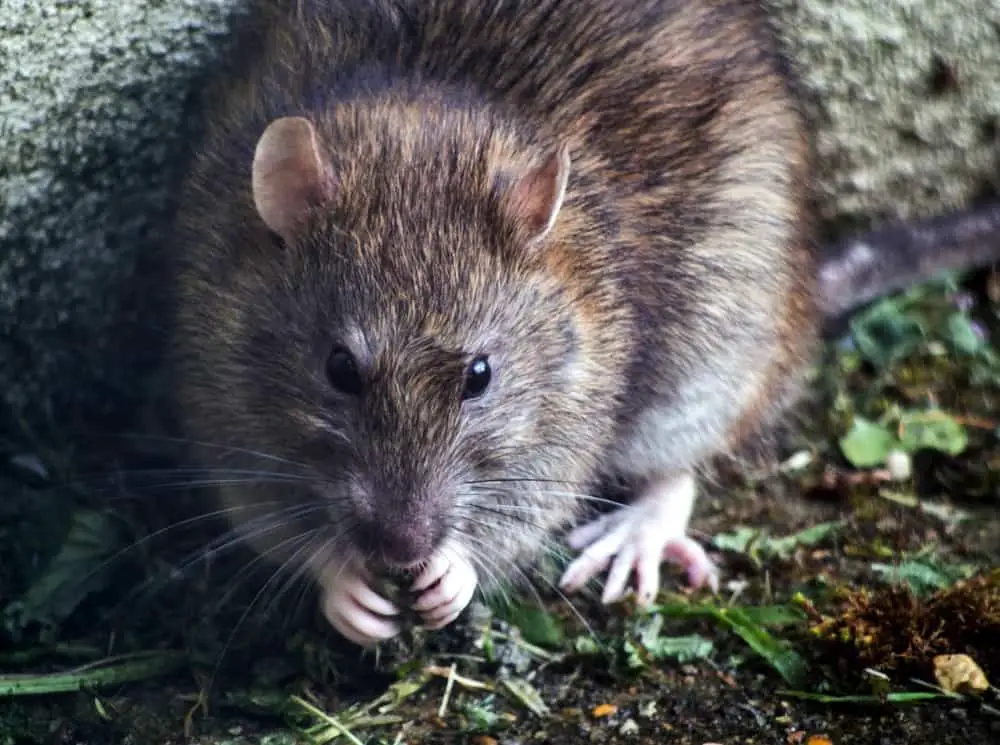
I’m reminded of modern children’s literature, in which an underdog, much maligned character has his/her own back. It’s pretty funny until you read the top commenter, pointing out that the rat probably has toxoplasmosis, a disorder of the brain. On the other hand, mice and rats alike aren’t timid at all when you consider how small […]
-
A Squash And A Squeeze Analysis by Julia Donaldson and Axel Scheffler Analysis
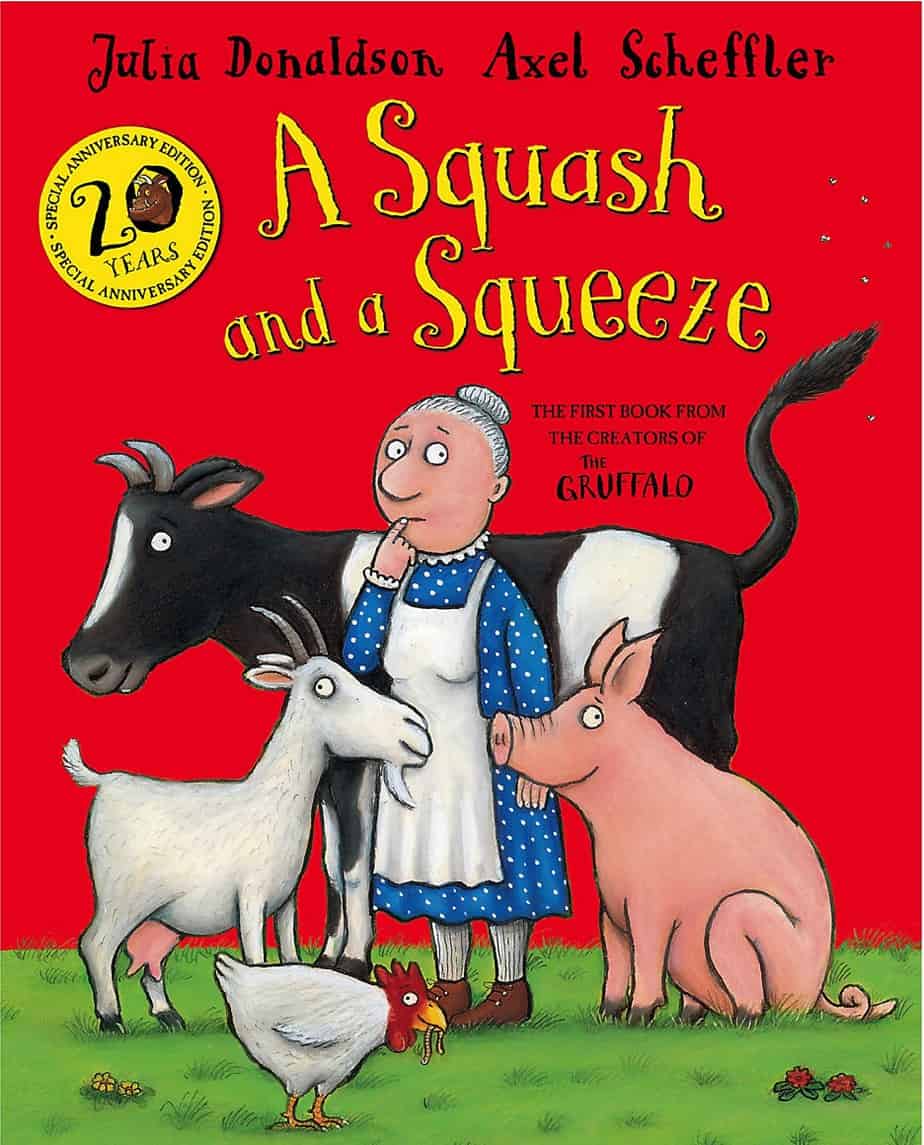
A Squash and a Squeeze is a 1993 picture book written by Julia Donaldson, illustrated by Axel Sheffler. The plot is very old. A Squash and a Squeeze was published in 1993, when Donaldson was 44. It was not expected to be a big seller. For one thing, it was in rhyme, which publishers at […]
